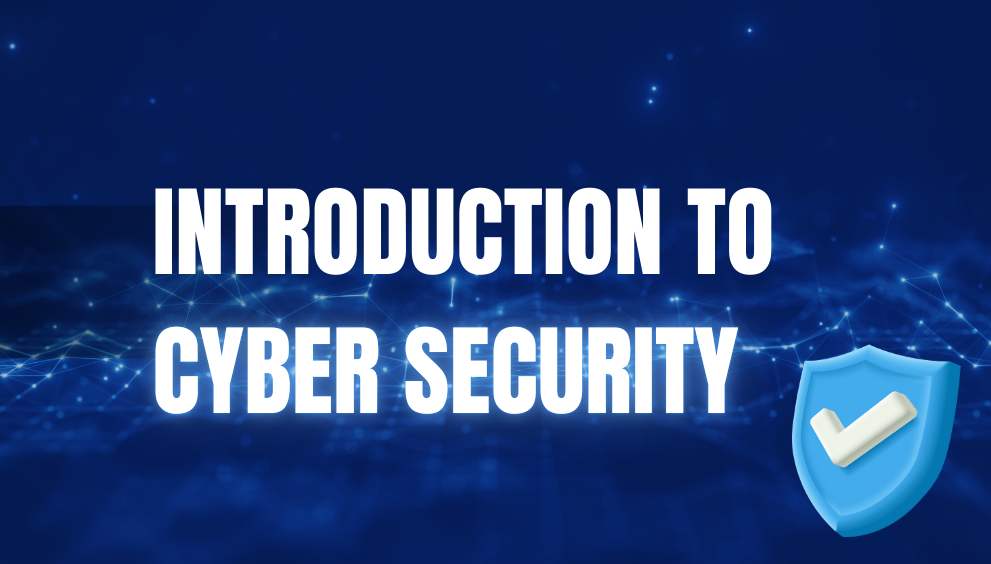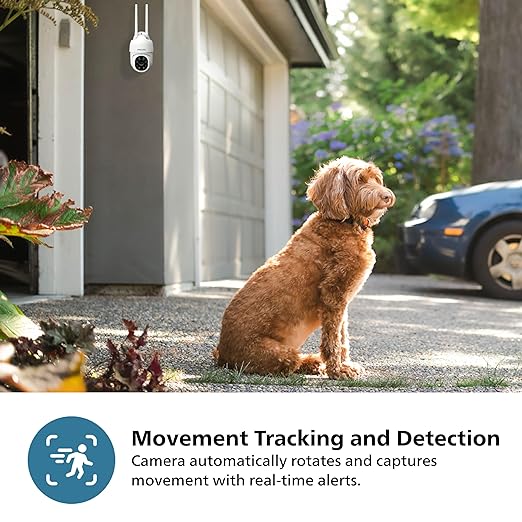By Ambrish Purohit
CCTV is the parallel universe in Security universe, it contributes in resolving lot of operationally difficult tasks in easier way. CCTV as compared to Access control has progressed leaps and bounds .CCTV to its day are only used for after review but future of CCTV lies in When CCTV would be able to predict something before happening just by sensing the movements, actions, in-actions etc.To understand lets get to basics of CCTV and other things related to it (We shall discount DVR / analogue system for sake of present discussion)
CCTV Principle –;
CCTV camera captures light and convert it into signals, CCTV camera is a Charge Coupled Device sensor (CCD) .It converts light into an electrical signal. The Signal processing unit converts the electrical signal to a video signal. The CCD is made up of optical detector integrated circuits that use semiconductors. The camera lens focuses light on the CCD image sensor. Photo diodes sense the image areas of light and dark and this results in an electrical charge in proportion to the level of light. A brighter area will result in a higher charge. The photo diodes form a matrix of rows and columns and are called picture cells or Pixels.
IP Network Camera IP (Internet Protocol) cameras, captures an analogue signal and converts it to a digital signal within the camera Digital processing occurs. The digital signal is then sent through Local Area Network. The signal transmission is through Ethernet cables like Cat6 Cat6A. Instead of the analogue system’s DVR, for IP cameras, the video from each camera is compressed and recorded onto an NVR (Network Video Recorder) in Analogue system DVR converts the analogue signal to a digital one and stores it over Drive placed inside DVR. The key difference is that the signal is digital and a much higher resolution than analogue. The NVR streams the video from all cameras and broadcasts over LAN and over the internet for remote viewing. The DVR can be set up to transmit over the internet and when this is done with an analogue system, all of the cameras’ signals are sent as one stream using one IP address which is one of the major difference .
What can help us improve the Picture quality (Technical prospective ) -:
Digital Signal Processing -: Cameras utilize a Digital signal processing (DSP) chip to convert analogue video signals to digital. The analogue signal is generated by a CCD chip (charge coupled device) and then the DSP chip converts to digital. DSP camera benefits include increased brightness, greater stability of image, a sharper image and better power efficiency. There is also reduced sensitivity to noise.
Camera Cables and Connections -: An effective CCTV camera system requires correct and high quality cabling and connectors to connect the components of the system together. It’s important to use the right gauge cable, i.e. the thickness of the cable. Gauge is measured in AWG (American Wire Gauge) the smaller the gauge the thicker the cable. Thicker cables allow it to use power more effectively and cable gauge. Application dictates Gauge of the cable.
Ethernet Cables& POE Cat5e, Cat6 and Cat6a cables can be used for analogue or IP cameras and allows video transmission. Cable uses the RJ45 connector to connect to cameras. As every device cameras also require Power to operate. Normally a camera requires 2 cables, one for video signal and one for electrical power. If a camera is enabled with PoE (Power over Ethernet then only one cable is required that supplies power and also handles the video signal. POE technology is Reliable, Saves time and cost, Scalability in operations gives it an edge over traditional way of powering the cameras
IRIS -: iris is an aperture that controls the level of light that travels through the lens known as ‘exposure’. The more open the iris the brighter the image. Control of the iris is important in increasing the quality of the image. The iris ensures an optimal light level to the CCD image sensor so that images are clear, sharp and have good resolution
Contrast & Resolution – Contrast is difference between the brightest and darkest areas of the video image. contrast along with light is the life line for any camera. Increasing contrast increases separation between bright and dark, so shadows for example will appear darker, whilst light areas will be brighter. Camera resolution on other hand is defined as the amount of detail that a CCTV camera can capture. Resolution is measured in pixels. A higher number of pixels, means more detailed image. Resolutions are measured in Megapixels, which is just over one million pixels, 1,048,576 to be precise. The horizontal resolution is multiplied by the vertical resolution to arrive at the total value in megapixels. 720 HD = 1280×720 , 960 HD= 1280×960 ( WxH ) 2 Megapixel 1600×1200,5 Megapixel 2592×1944 Analogue HD CCTV supports resolution of 720p and 1080p, whilst digital IP cameras support 720p all the way to 5 Megapixels.
Lenses & Depth of Field -: CCTV lens is made from glass and focuses light from the scene onto the camera’s image sensor. Field of View This is the width or height of the scene monitored by the CCTV camera. The lens’ focal length determines field of view at specific distances. Depth of field can be defined as the zone that is focused within the video image, on the front to back axis. So, in all video there will be an area in front and behind the target area that is in focus. Small focused zone is called shallow depth of field and a large zone of focus is called deep depth of field. Wide-angle lens. A wide-angle lens captures a wide scene and is best suited for short ranges 15 ft. or less than 5 Mtrs . Telephoto lens. If the required view is a narrow area at long range three key factors affect Depth of field: aperture, camera-subject distance (we shall discuss this in greater detail in coming discussions) and the focal length of lens.
Conclusion -: Video motion is an illusion it is a sequence of images flashed in front of the eye at a rate that the brain perceives as scene and tracks it as part of movement it is similar in cameras as well .There are many aspects which dictates the picture quality like System compatibility, distance from the scene, Type of camera, Light, Internal settings of camera , we shall try and discuss all of these in greater depth in coming discussions.






















